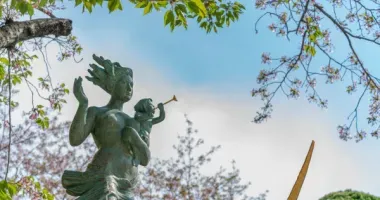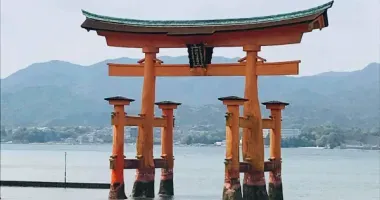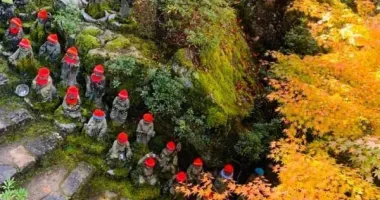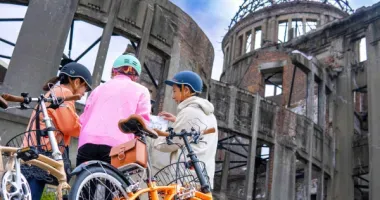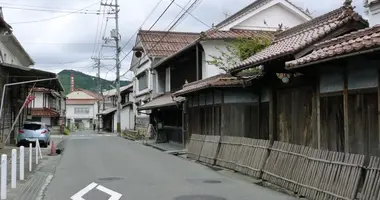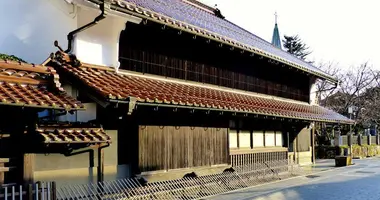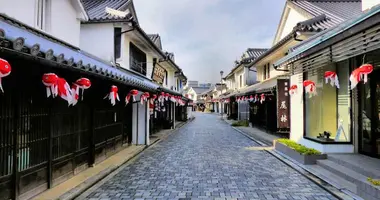Hagi Castle 萩城
The castle on the delta
Hagi Castle is located on the Abu River Delta, at the western tip of Honshu Island. Surrounded by hills, the castle was built by the defeated Mori clan after the Battle of Sekigahara. Now in ruins, its moats and remains are still a pleasant place where locals come to walk.
The castle of a fallen clan
Hagi Castle (Yamaguchi Prefecture) was built by the Mori clan after the Battle of Sekigahara in 1600. Indeed, Terumoto Mori, one of the most powerful daimyo in the country, took sides against Ieyasu Tokugawa and following a defeat, saw a large part of his land confiscated. Expelled from nearby Hiroshima, he moved further west, to Hagi. Unusually, the castle was built at the foot of Mount Shizuki and not higher up the mountain. After the Meiji revolution, in which the clan of Choshu was one of the great catalysts, the castle was dismantled as a result of the modernization policy introduced by the new central government.
A feudal town in the 21st century
Hagi is a town that has endured the wear and tear of time better than many other Japanese cities. The ruins of the castle can be visited in the north-east of the city, next to Shizuki Park, on a large flowered space where the Hananoe tea house and a temple were also built. The site is particularly popular for cherry blossom viewing in spring, including more than 600 of the precious midori-yoshino cherry tree.
Beyond the original layout, you can admire the ruins of Tenshu keep, the granite Manzaibashi bridge and the eastern garden, where azalea flowers bloom in May. The site of Hagi Castle also offers a feudal district, with streets and samurai residences that have been carefully preserved. The suburbs of Horiouchi, which still exist, were home to the rich samurai and the merchants. Streets like Edoya, Iseya or Kikuya, also traditional, are connected to the main road. Wandering around the neighborhood with its houses with low windows to avoid looking down on the feudal lords and potholed roofs designed to repel the ninjas, you will end up forgetting the present era and find an old Edo atmosphere .
The site was ranked as a UNESCO World Heritage Site in 2015, under the "Meiji Industrial Revolution of Japan" category.









